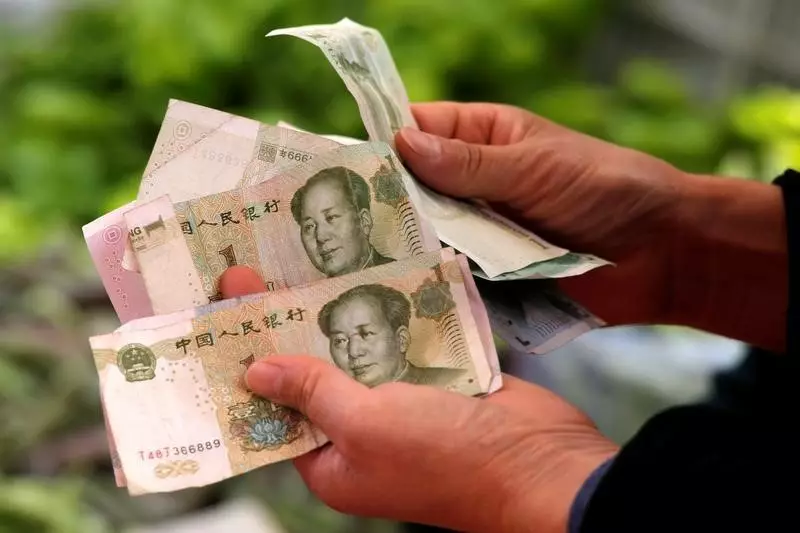As the week kicked off, Asian currencies displayed a collective trend of weakening, primarily influenced by a significant uptick in the U.S. dollar. This rise was fuelled by heightened anxiety surrounding the tariff policies initiated by President Donald Trump. The escalating uncertainties in global trade have a profound impact, particularly as the market reacts to fiscal shifts prompted by U.S. policy decisions. The U.S. Dollar Index registered a 0.3% increase, reversing a two-month low, suggesting a brief but potent rebound in market dynamics.
The situation has been exacerbated by developments abroad, particularly concerning U.S.-Colombian relations. In a controversial move, Trump enacted a 25% tariff on Colombian imports after Colombian President Gustavo Petro halted deportation flights to the U.S. The diplomatic tension this created sent ripples through the markets, as investors grappled with the implications of such unilateral tariff actions. Although Trump’s subsequent pause on tariffs appeared to offer temporary relief, uncertainty prevails, impacting investor sentiment throughout Asia.
Compounding issues for the Asian currencies, China’s recent factory data presented a discouraging picture of manufacturing activity, reporting an unexpected contraction in January. This decline raised red flags as the anticipated economic benefits of Beijing’s stimulus measures appeared fleeting. The ramifications of this report are far-reaching, as they highlight vulnerabilities within the Chinese economy and foreshadow potential slower growth, thus creating an atmosphere of caution among investors regionally.
The behavior of the Chinese yuan serves as a barometer for broader market sentiment. The onshore pair USD/CNY saw a 0.3% increase, with the offshore counterpart, USD/CNH, reflecting a similar 0.4% rise. The challenges facing Chinese manufacturers were echoed by sluggish growth in the non-manufacturing sector, further clouding the outlook as businesses wrestled with the implications of anticipated trade tariffs from the U.S.
Regional Currency Reactions: A Mixed Bag
The fallout from the U.S.-Colombia tariff dispute and unsettling Chinese data led to depreciation across various Asian currencies. The Australian dollar, for instance, declined by 0.2%, while the Japanese yen showed a slight resilience with a 0.2% gain against the dollar after the Bank of Japan’s recent interest rate hike. Meanwhile, the Indonesian rupiah and the Singapore dollar demonstrated slight gains, reflecting localized factors that could insulate them from broader economic pressures.
Adding to the mix, the South Korean won saw an uptick following domestic political developments, despite the backdrop of a challenging economic landscape. With prosecutors indicting former President Yoon Suk Yeol for alleged coup attempts, this political drama has led to both uncertainty and, paradoxically, a measure of stability as investors seek clarity in uncertain times.
As the week progresses, the focus will shift toward critical economic indicators, with investors eagerly awaiting the Federal Reserve’s upcoming policy meeting. The potential for interest rates to remain unchanged, along with the release of inflation and GDP data, will frame discussions in financial circles. In Australia, monthly inflation data set for release will also play a crucial role in shaping future monetary policy decisions by the Reserve Bank of Australia.
The interplay of global economic pressures, domestic political events, and forthcoming economic data will shape the trajectory of Asian currencies in these uncertain times. The interconnectedness of these factors underscores the importance of monitoring both regional and global economic developments.

